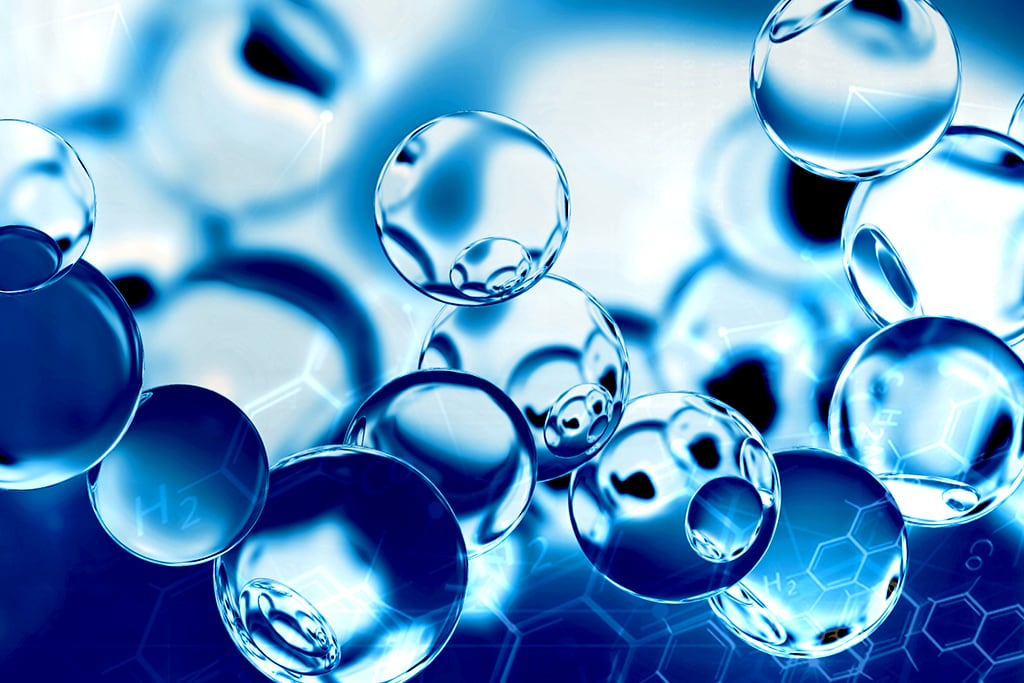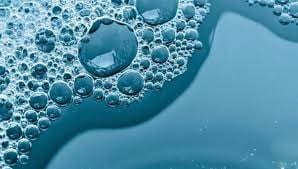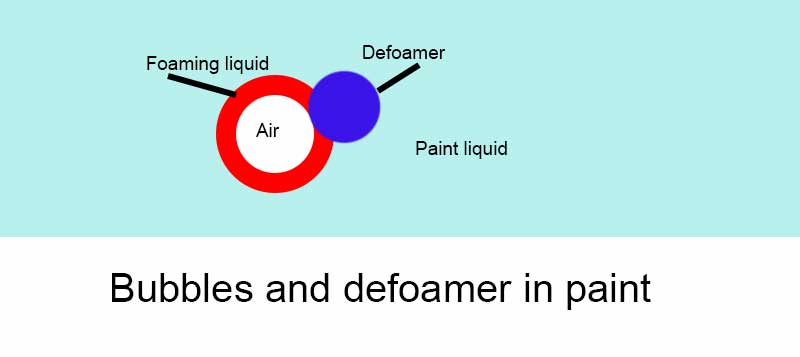Why Defoamers Are Essential in Water Treatment and Waste Management
Picking the Right Defoamer for Your Particular Application Requirements
Choosing the proper defoamer for certain application requirements is a nuanced process that requires careful consideration of numerous variables, such as the foam operating, kind, and tool problems. Recognizing the nuances of defoamer efficiency-- including rate and persistence-- while additionally making up environmental and regulative variables is essential. In addition, involving in tests and talking to manufacturers can give useful insights. Nonetheless, navigating these intricacies can be daunting, and the effects of a poor selection may be substantial. What methods can be used to ensure an ideal option?
Understanding Foam Formation
Foam development takes place when gas is caught within a fluid, creating a steady structure of bubbles. This sensation can considerably affect numerous commercial processes, especially in fields such as food production, pharmaceuticals, and wastewater therapy. The visibility of foam can prevent mixing, minimize item top quality, and also lead to operational ineffectiveness.
Foam normally creates as a result of a combination of elements, including surface-active agents, anxiety, and the features of the fluid stage. Surfactants reduced the surface area tension of the liquid, facilitating the development of bubbles that can stabilize and coalesce. Anxiety, whether from mechanical stirring or gas introduction, enhances bubble formation, resulting in enhanced foam volume.
Recognizing the auto mechanics of foam development is crucial for markets intending to enhance their processes. By identifying the particular problems that advertise foam generation, organizations can execute techniques to alleviate its results. This understanding lays the foundation for choosing appropriate defoaming representatives that effectively target the unique challenges postured by foam in different applications. A comprehensive understanding of foam development is vital for enhancing efficiency and preserving product integrity throughout different sectors.
Kinds Of Defoamers Available
Various kinds of defoamers are available to attend to the challenges presented by foam in commercial applications. defoamers. Generally classified, defoamers come under three classifications: silicone-based, non-silicone-based, and all-natural defoamers
Silicone-based defoamers are renowned for their effectiveness and security across a wide variety of temperature levels and pH levels. They are typically utilized in applications where solid foam reductions is necessary, such as in paints, adhesives, and finishings. Their low surface stress permits fast foam collapse.
Non-silicone-based defoamers, frequently made from natural substances, provide a choice for applications conscious silicone residues. These defoamers can be more divided right into polyether and ester kinds, each customized to meet specific solution needs. Non-silicone defoamers are often utilized in food processing and personal treatment items as a result of their compatibility with numerous formulations.
All-natural defoamers, derived from plant or animal sources, are obtaining grip because of their green account. These items are especially appealing in applications where regulative conformity and sustainability are vital, such as in agrochemicals and biotechnology.
Choosing the best kind of defoamer is critical for optimizing efficiency and making sure compatibility with certain applications.
Trick Application Considerations
When choosing a defoamer, it is necessary to take into consideration the specific application requirements to make certain ideal efficiency. defoamers. Various sectors have distinctive requirements, such as food processing, drugs, or wastewater therapy, and each application may require unique defoaming properties
Secret factors to review include the tool in which the defoamer will certainly be used, whether it is water-based, oil-based, or a combination thereof. The temperature and pH degrees of the application can also greatly influence the effectiveness of a defoamer. Furthermore, compatibility with various other chemicals present in the system is crucial to avoid negative responses that might endanger efficiency.
An additional vital consideration is the foaming actions of the details system. Understanding whether the foam forms rapidly or slowly can guide the choice of a defoamer that targets the source successfully. Furthermore, the wanted rate of defoaming can affect the choice, as some applications need fast activity while others may tolerate slower defoaming procedures.
Last but not least, ecological and regulative considerations should not be neglected, specifically in sectors with strict conformity needs. Selecting a defoamer that aligns with these variables ensures both performance and security in the application.

Efficiency Screening Techniques
Evaluating the efficiency of a defoamer needs a methodical strategy to screening that precisely determines its efficiency in certain applications. Different performance screening methods can be employed to ascertain the optimum defoamer for a provided formulation.
One typical method is the bubble examination, which evaluates the defoamer's capability to lower foam volume over time. This test includes generating a stable foam and then including the defoamer to observe the price of foam collapse.

Ultimately, choosing the suitable efficiency testing technique depends upon the details application and the sort of foam being dealt with. Each technique supplies important data that can guide formula modifications and boost the efficiency of the defoamer in sensible applications.
Finest Practices for Choice


Following, consider the defoamer's performance in regards to speed of action and persistence. A quick-acting defoamer may be necessary for procedures where fast foam reductions is vital, have a peek at these guys while a much more consistent formula may be needed for prolonged foam control. Additionally, evaluate the environmental effect of the defoamer, including its biodegradability and any type of regulative compliance requirements.
Conduct tests with chosen defoamers to identify their efficiency in real-world conditions. This step is crucial to confirm that the chosen item fulfills efficiency expectations. Seek advice from with suppliers or distributors for technological support and advice, as they can supply important insights right into product formulations and application strategies. By adhering to these best techniques, you can improve foam control efficiency and make certain the long life of your processes.
Final Thought
In summary, selecting the ideal defoamer necessitates a thorough analysis of different elements, consisting of foam kind, medium, operating problems, and environmental factors to consider. Understanding the special characteristics of foam formation and the readily available defoamer options is vital. Furthermore, using effective efficiency screening methods and adhering to ideal practices why not look here during the option procedure will boost the possibility of attaining optimal defoaming results. Inevitably, a well-informed choice approach will certainly address certain application needs and reduce lathering obstacles effectively.
Picking the appropriate defoamer for details application demands is a nuanced procedure that requires cautious factor to consider of multiple factors, such as the foam kind, medium, and operating conditions.Selecting the best defoamer is crucial for achieving optimal efficiency in foam control applications. A quick-acting defoamer might be needed for procedures where quick foam suppression is vital, while a much more consistent formula may be needed for prolonged foam control.In recap, picking the ideal defoamer demands a detailed assessment of various factors, consisting of foam kind, medium, operating problems, and environmental considerations. Comprehending the unique features of foam development and the available defoamer options is critical.